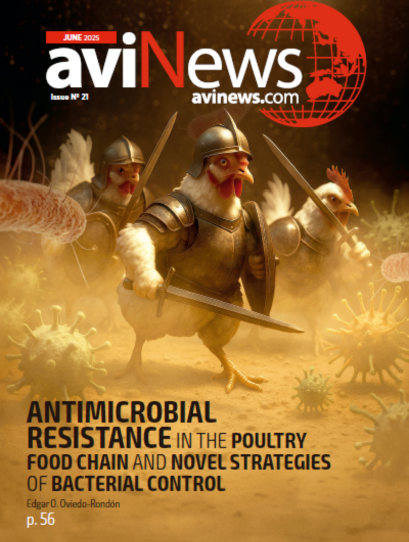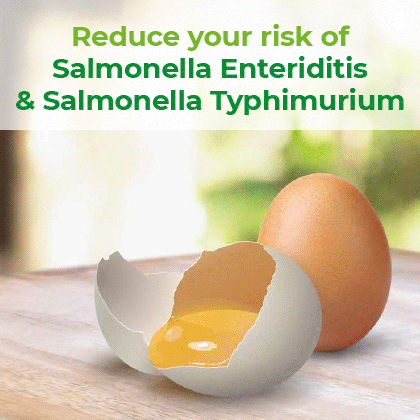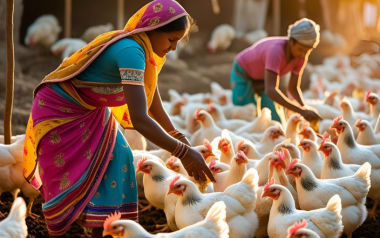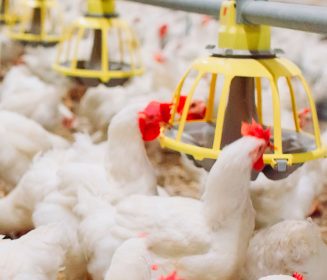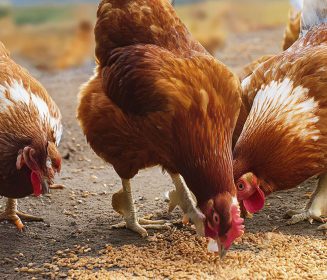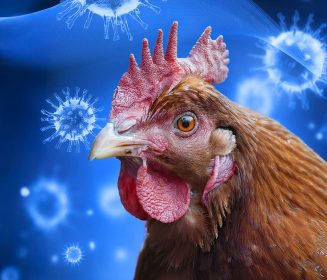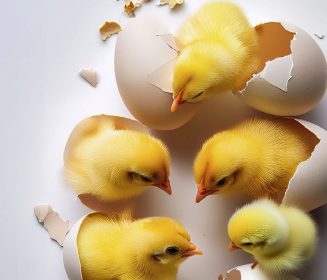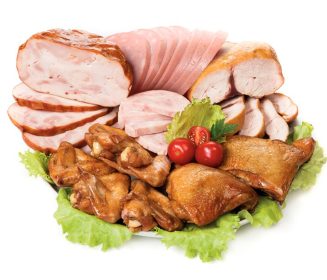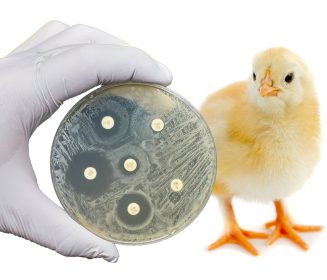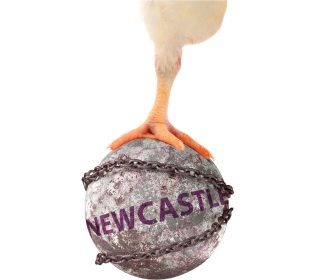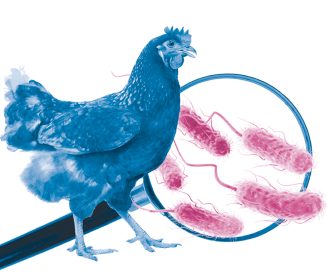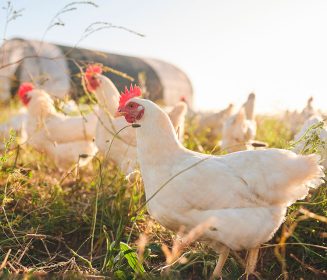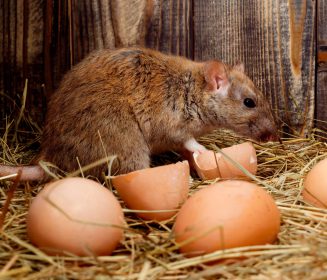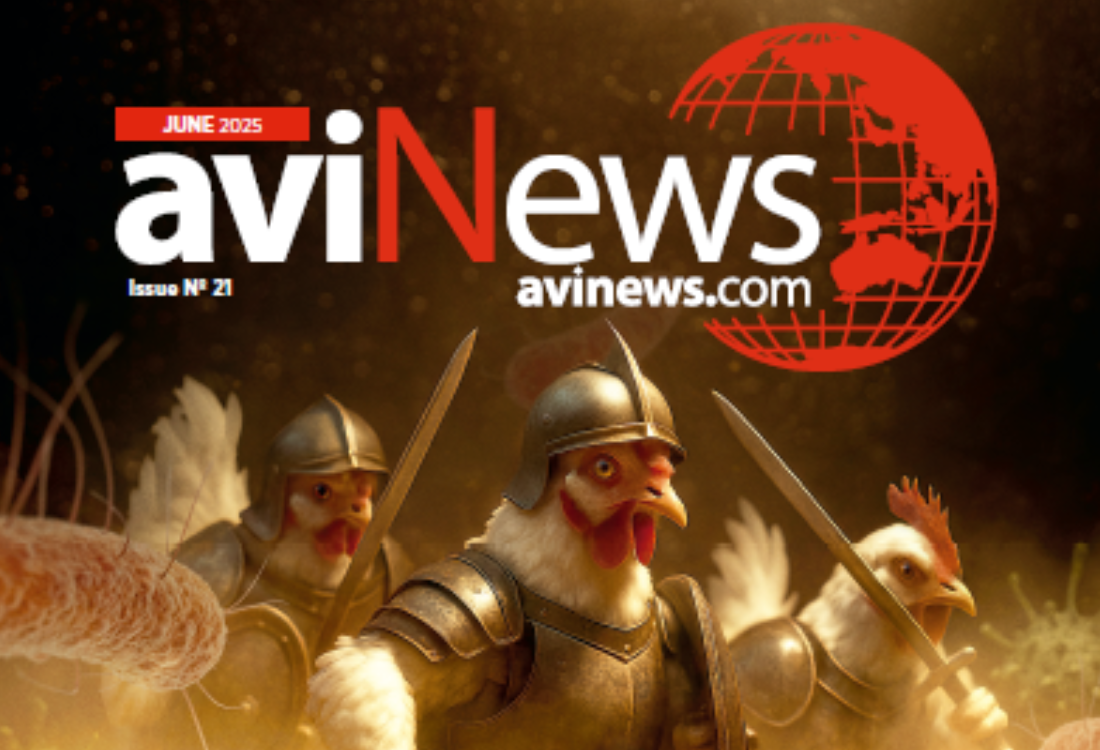08 May 2023
Slow-growing broiler breeders: How to improve hatching egg quality?
Content available at: Español (Spanish) Indonesia (Indonesian) Tiếng Việt (Vietnamese)An Argentine investigation verified the incidence of different feeding programs of […]
Content available at:
Español (Spanish) Indonesia (Indonesian) Tiếng Việt (Vietnamese)
An Argentine investigation verified the incidence of different feeding programs of slow-growing broiler breeders on the color of the eggshells, with shell color being a key indicator of shell resistance and hatchability.
- In poultry, there is inconclusive scientific evidence that relates the color of the eggshell to its hatchability.
- It is generally assumed that eggs with a more intense color evolve more favorably in the incubation process with higher fertility and hatchability percentages than lighter eggs.
A group of researchers from the Universidad Nacional del Nordeste, UNNE, and the Instituto Nacional de Tecnología Agropecuaria, INTA carried out a study to evaluate the effect of two feeding programs during the breeding and rearing stages on the color of the shell of fertile eggs in breeding hens of a slow-growing genotype, that is very common in this area of Argentina.
This trial was carried out at the Bird Multiplication Center of the INTA Corrientes Agricultural Experiment Station located in
TO CONTINUE READING REGISTER IT IS COMPLETELY FREE
Access to articles in PDF
Keep up to date with our newsletters
Receive the magazine for free in digital version
REGISTRATION
ACCESS
YOUR ACCOUNT
LOGIN
Lost your password?

